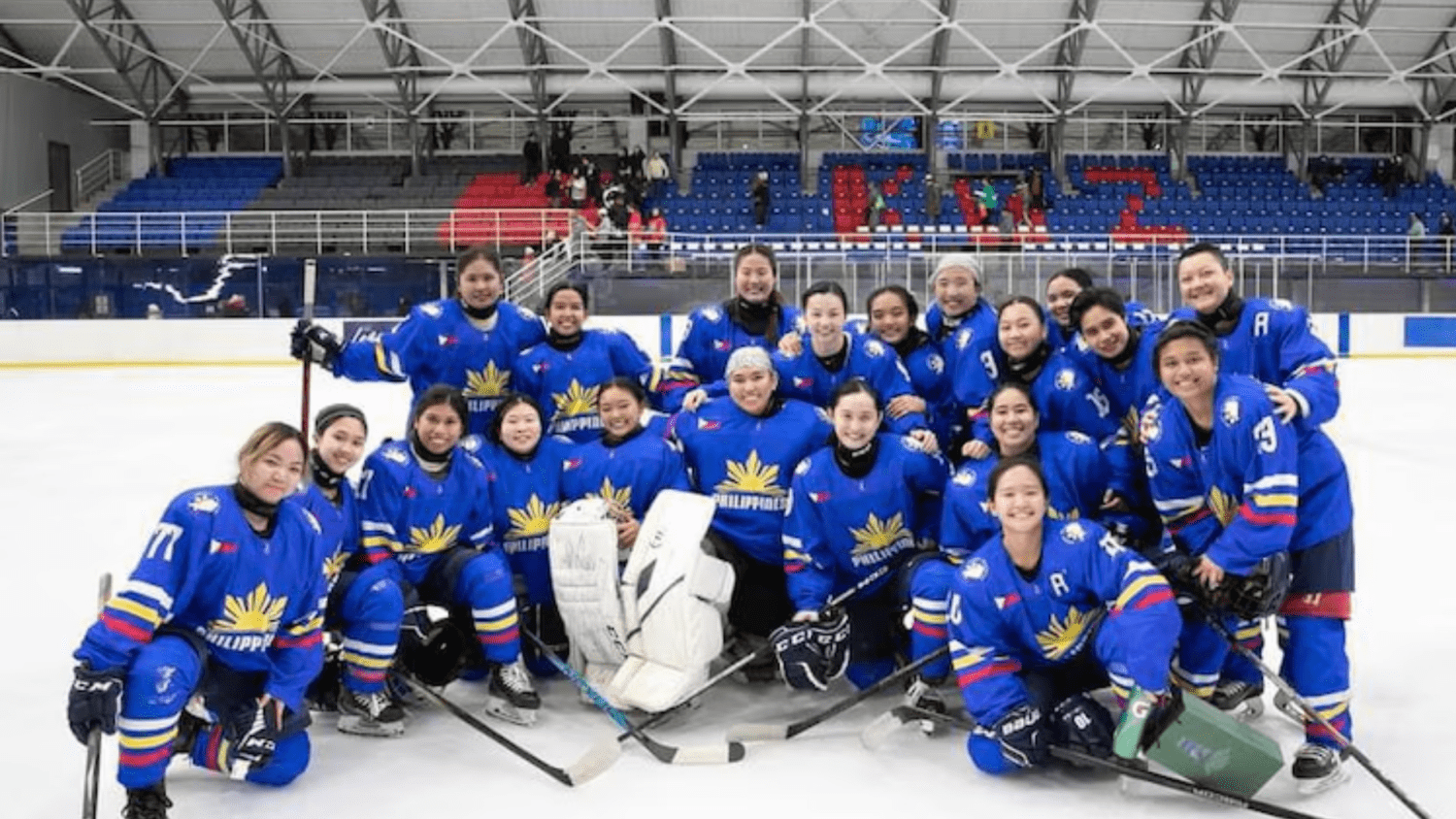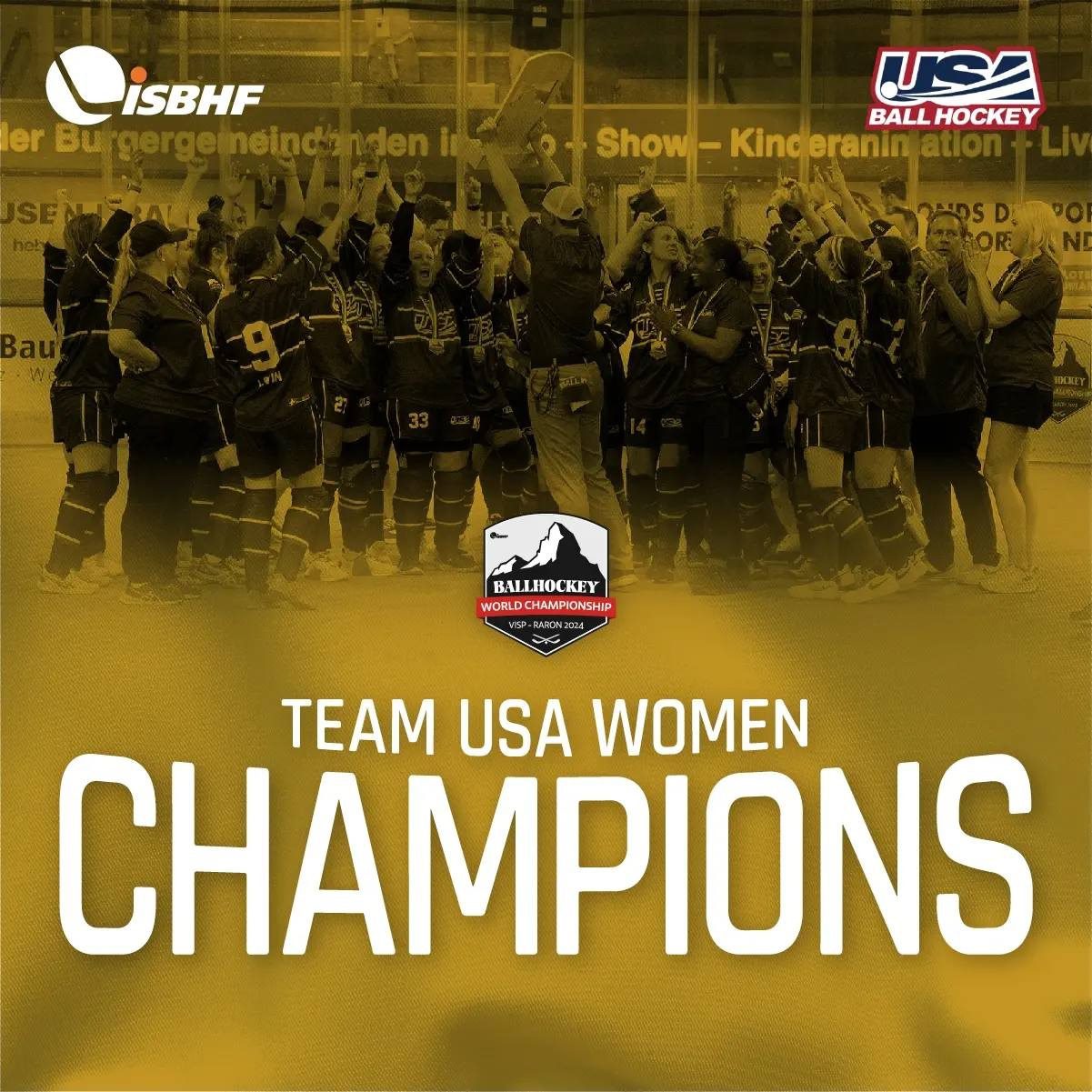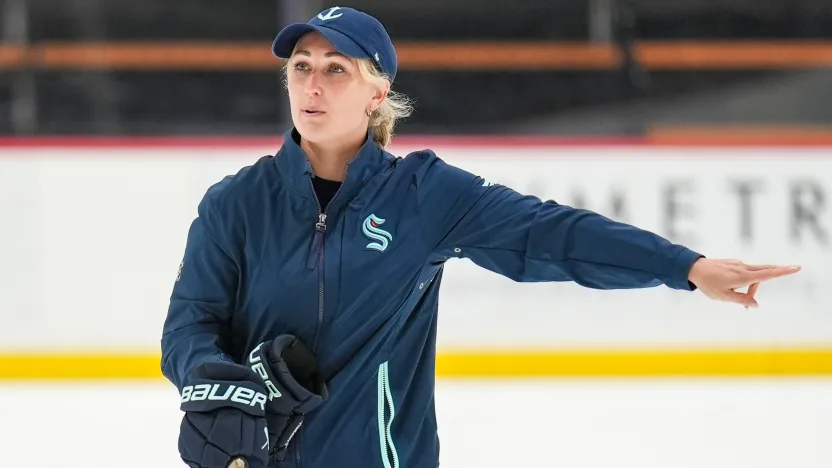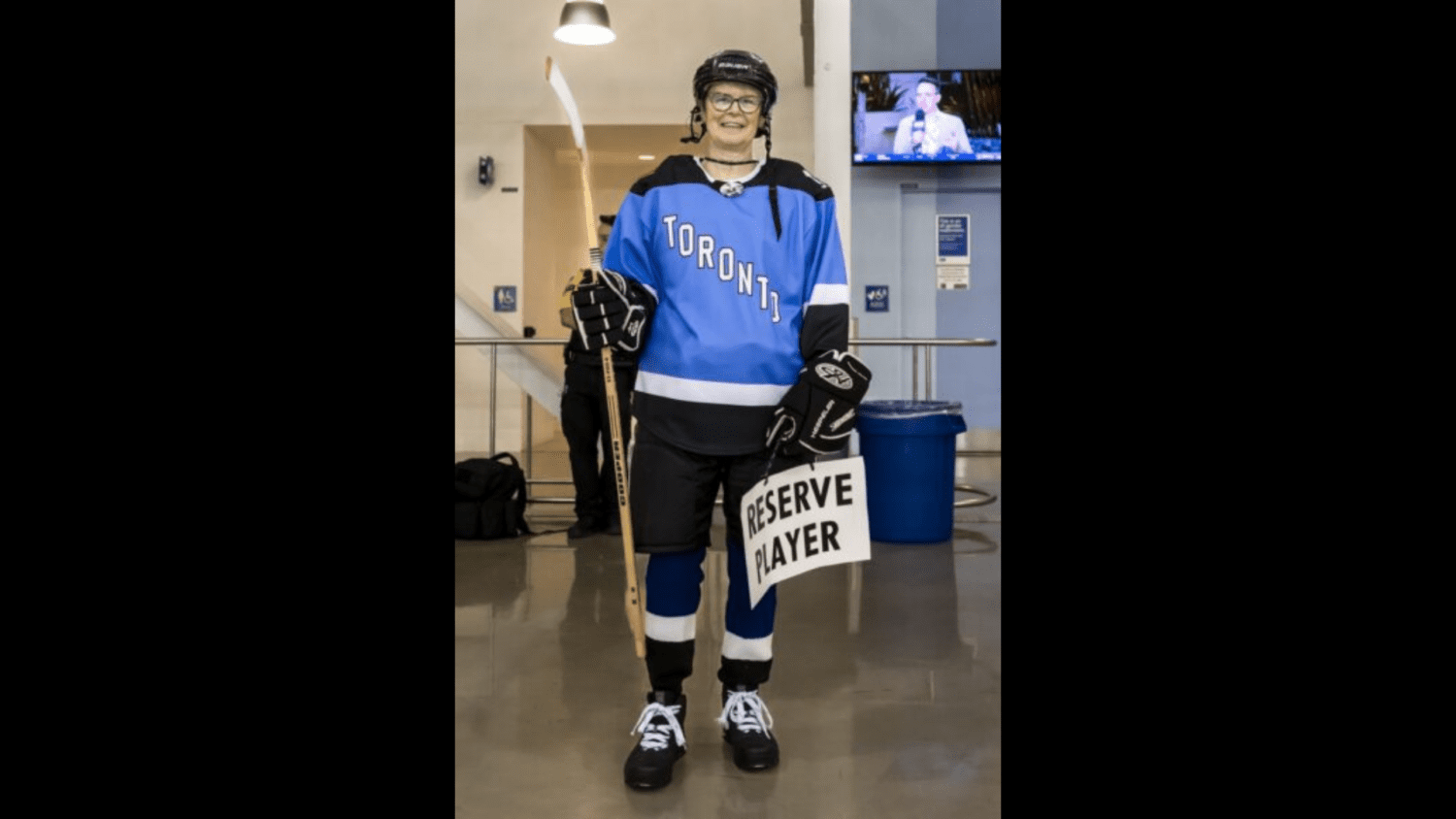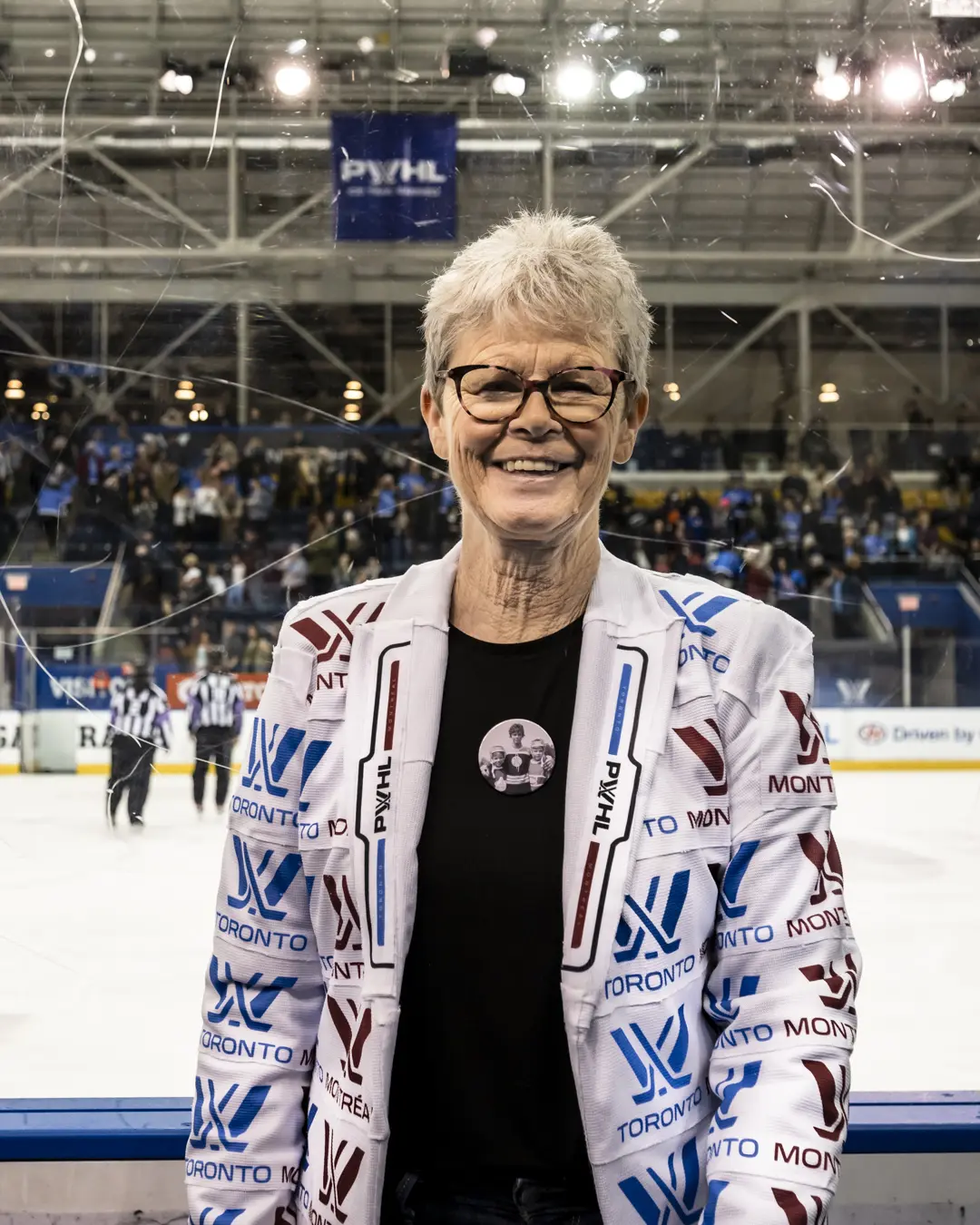When you’re a four-time Olympic champion and seven-time world champion, you don’t have to prove anything to anybody, but there’s a ton you can teach.
Hayley Wickenheiser kept young female players entranced when she spoke at the tenth edition of WickFest, her popular hockey festival for girls aged 8-18, in Surrey, British Columbia on February 2. The retired Canadian power forward is an International Olympic Committee member, holds the Order of Canada, and remains the all-time leading scorer at both the Olympics (18-33-51) and the IIHF Women’s World Championship (37-49-86).
Wickenheiser’s anecdotes showed how far both she and women’s hockey have come. Now 40, she reminisced about playing for Team Alberta at age 12 at the 1991 Canada Winter Games in Prince Edward Island, where she scored the gold-medal overtime winner on BC goalie Danielle Dube, a future teammate on the national team. She also flashed back to winning her first Women’s Worlds at age 15 in Lake Placid in 1994, beating the U.S. 6-3 in the gold medal game in an empty rink.
She reinforced how playing multiple sports in the off-season helps to make a well-rounded athlete and avoid burnout. And she described how she used a four-month rehab after playing in the 2014 Sochi Olympics with a broken foot to get in the best shape of her life. (Despite not being able to put any weight on that foot, she wrapped her cast in a garbage bag so that she could go swimming, and used a scooter to do one-legged wind sprints.)
WickFest attracted 48 teams and more than 800 players in total in its inaugural visit to Surrey. Legends like Cammi Granato and Meghan Agosta made appearances. The event is about more than hockey. Off-ice activities included enjoying a barbecue and a swim party, learning about other sports like golf and rugby, and taking workshops on everything from bhangra dance to careers in firefighting or policing.
Our wide-ranging conversation with Wickenheiser at the Surrey Sport and Leisure Complex came four days before the announcement that she would join former NHLers Mike Modano, Zigmund Palffy, Miroslav Satan and Jorgen Jonsson in the 2019 IIHF Hall of Fame class. It’s evident Wickenheiser hasn’t slowed down at all since hanging up her skates two years ago.
What are your favourite parts of doing WickFest?
When I get out on the ice with the kids, interacting with the kids, or doing off-ice sessions. Watching the parents or seeing girls I played with now bring their kids to the event! [laughs] It’s kind of a full-circle moment. It’s just mostly looking at the vibe or the buzz around the event.
What kind of time management skills does it take to balance your responsibilities as an assistant director of player development with the Toronto Maple Leafs, your medical studies at the University of Alberta, and events like WickFest?
Fortunately for WickFest, [tournament organizer] Ceilidh Price runs everything! So it makes things easy. But my schedule’s really busy. I’m in the middle of studying for two exams on Monday here. I’m just about finished my first year of three years of medical studies. So I’m still pretty green. I have a long way to go. But I’m chipping away.
While I’m in between WickFest sessions, I’m taking 20 minutes here and there to study cardiology! [laughs] And then I’m watching video at night of the Leafs or prospects. So I just fit it in where I can. But I find that it’s manageable because I’m flexible. I can work from anywhere, and that really makes a difference.
What’s the biggest contribution you’ve made so far with the Leafs?
I think maybe just bringing a different perspective or my perspective as a player in working with players. You understand what they think and feel. I have an 18-year-old son, and a lot of the prospects are 18 to 25 years old. I’m right in the thick of what that looks like for an 18-year-old kid to grow up now.
Talking to guys, I think, coming from a female perspective, it’s also a little bit less threatening. It’s a different way to communicate. It’s a different dynamic, and I think that can be helpful. But the whole staff that we have is so complete. We’ve got Barb Underhill who does skating and Darryl Belfry on skills. We have seven or eight really great people. So we all just work together as a team.
How much did Kendall Coyne Schofield, Brianna Decker, Rebecca Johnston, and Renata Fast move the needle in terms of mainstreaming women’s hockey with their NHL All-Star skills feats in San Jose?
I think it’s great anytime women are showcased on that broad of an audience. It’s good for the game. Unfortunately, it’s also a little patronizing, I’ve gotta say, to have that scenario. You could put pretty much every woman on the national team in those circumstances and they would have the opportunity to do the same thing. So I just think that we don’t need to justify anything. Women are good hockey players. They can go in those skills competitions and do just fine against the men in those particular things.
For those inside the game…it’s neither here nor there for me. It is what it is. We need to be more focused on developing the game internationally, getting professional women’s hockey, and then showcasing. But it is part of that development. I appreciate it for what it is.
In your opinion, how close are we right now to having one unified professional women’s hockey league?
I don’t think we’re that close. I think we say we’re close. We look at women’s hockey and the problem – and I’ve said this before – is the women in the game that are running the game. If the two leagues want to do it and get together, they could easily get it done and the NHL would be right there to support it. It’s not the NHL that’s holding back women’s hockey. It’s women’s hockey that’s holding itself back.
And so I hope and I look forward to the day when those people can get in one room and figure it out, because the players right now are losing out. And I think the players have the power and ability to make a change if they all collectively stood up and said, “We need it to be different.” And I hope they do.
Considering how much the Canadian and U.S. players interact nowadays, how much has the tone of the rivalry changed compared to when you look back at, say, your first two Olympics?
It’s different. It’s like the NHL. Canadian and American guys are playing on the same teams. Europeans are moving to Canada to play in the junior leagues. So they grow up with each other. It’s the same on Canada and the U.S. in women’s hockey. A lot of girls play NCAA or they play in the CWHL or NWHL together.
So you don’t have that almost Cold-War mentality that we had, where the border stopped between Canada and the U.S. It was very different early in my career. I personally couldn’t do it like that. I liked it to be very black and white, Canada versus the U.S. I think there was some magic to that. But it’s different now.
Feature Image credit: Lucas Aykroyd
[adrotate group=”1″]
Related Articles
Categories
Recent Posts
[adrotate group=”2″]




